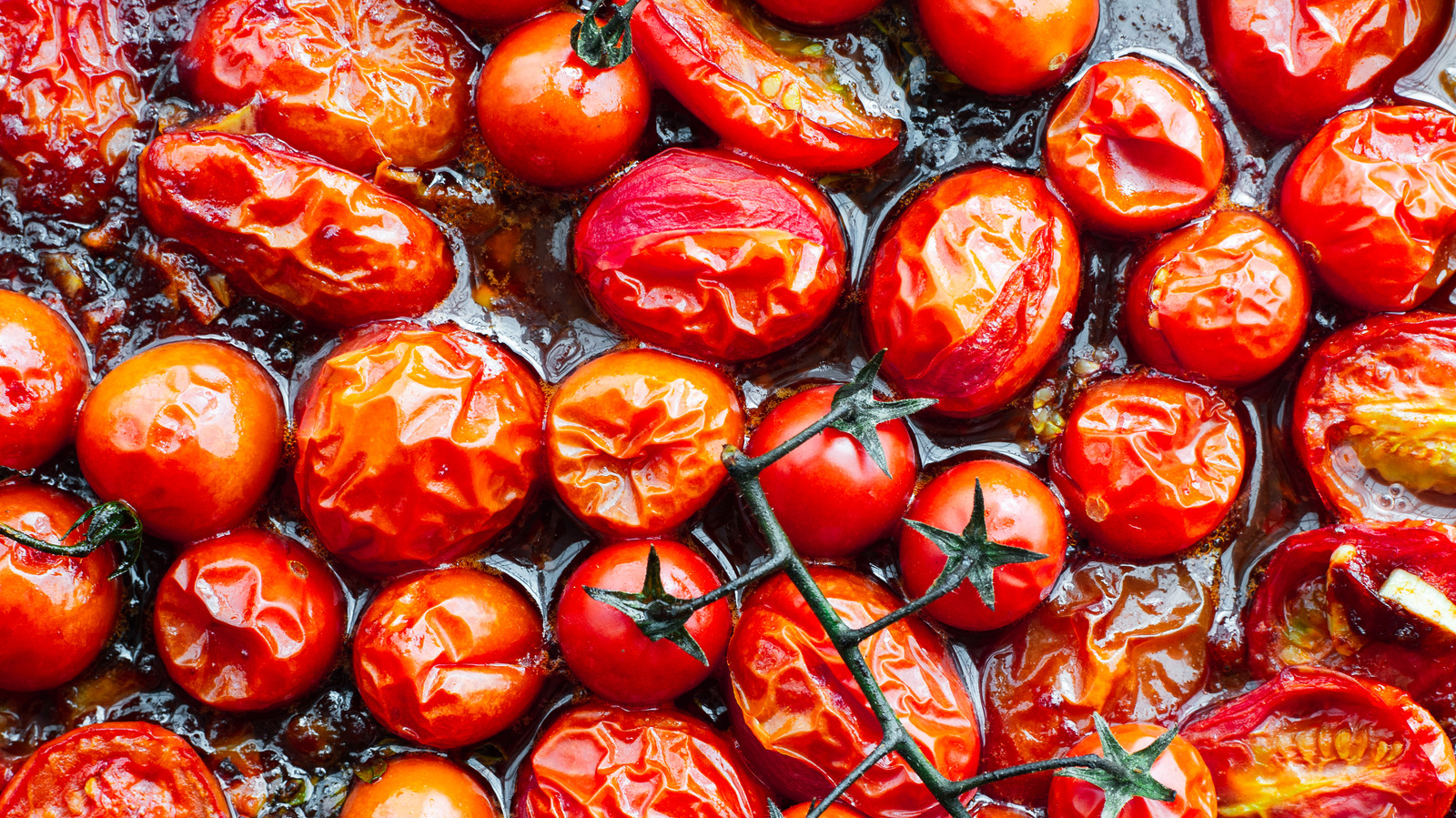
"Roasting is one of the simplest ways to make tomatoes more delicious. The high, dry heat of the oven evaporates moisture while caramelizing the fruit's natural sugars, leaving you with concentrated flavor and a tender, jammy texture. Tomatoes are naturally high in sugar compared to some other vegetables, and, when exposed to sustained heat, those sugars brown and develop the appealing, savory complexity associated with caramelization. It's why roasted tomatoes taste richer, sweeter, and more versatile than their raw counterparts."
"But overcrowding can ruin the process. If tomatoes are piled into a pan or crowded together in a heap, steam gets trapped. As a result, instead of crisping or caramelizing, the fruit stews in its own juices, leading to soggy, watery results. The fix is simple: just give them space. To make the perfect roasted tomatoes, line them up in a single layer on a sheet pan, with at least half an inch between pieces."
Roasting intensifies tomato flavor by evaporating moisture and caramelizing natural sugars, producing a tender, jammy texture. High, dry oven heat browns sugars and builds savory complexity that makes roasted tomatoes richer, sweeter, and more versatile than raw fruit. Overcrowding traps steam, causing tomatoes to stew in their juices and become soggy and watery. Arrange halved or sliced tomatoes cut-side up in a single layer with at least half an inch between pieces to allow air circulation and evaporation. Cut-side up concentrates flesh into chewy edges and soft centers; cut-side down increases steam and eases peeling but yields a wetter pan. Preheat to 400–450°F, line the pan, drizzle with oil, and season.
Read at Tasting Table
Unable to calculate read time
Collection
[
|
...
]